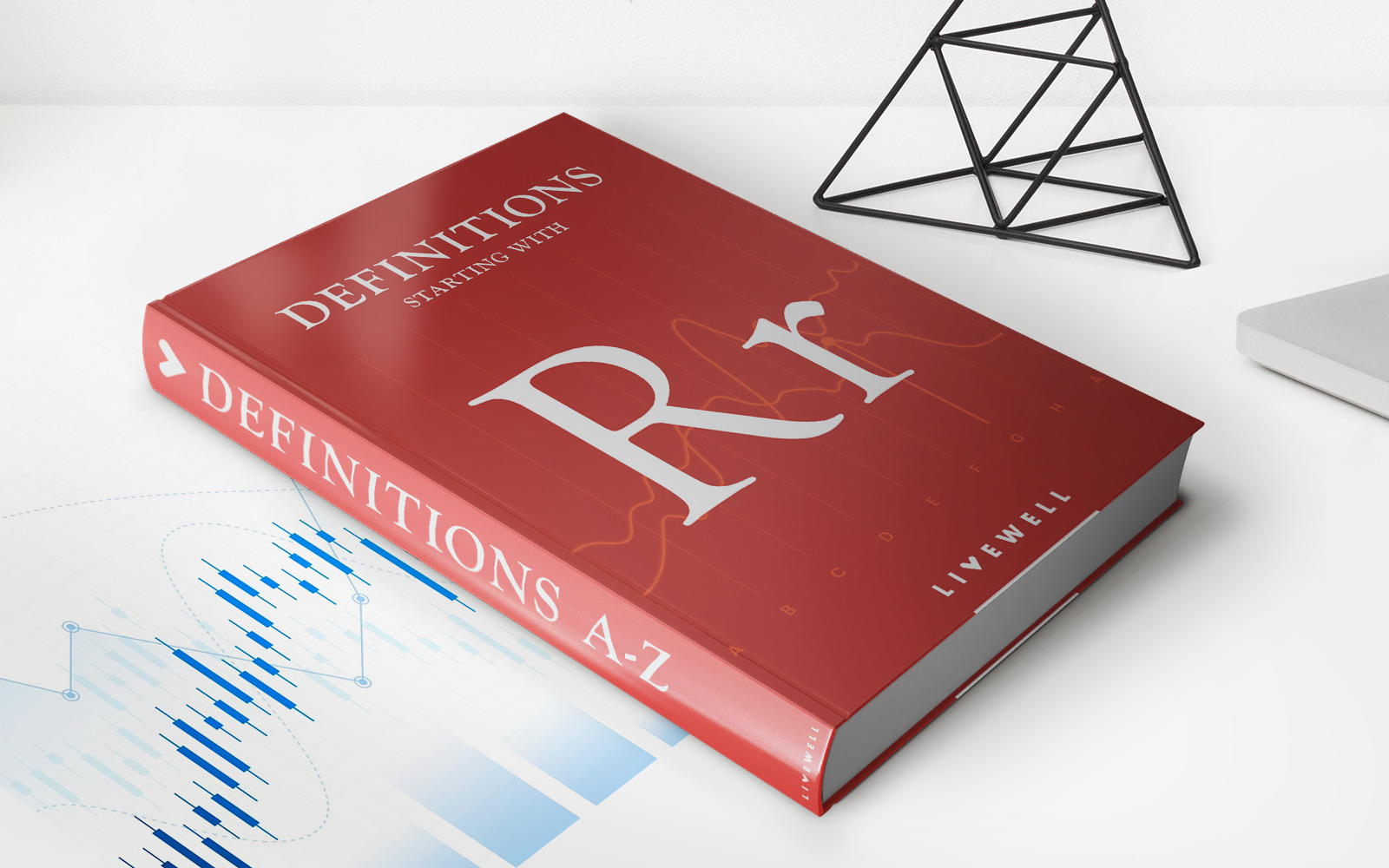

Finance
Durbin Amendment Definition
Published: November 15, 2023
Learn the Durbin Amendment definition and its impact on the finance industry. Discover how this legislation has shaped financial regulations in the United States.
(Many of the links in this article redirect to a specific reviewed product. Your purchase of these products through affiliate links helps to generate commission for LiveWell, at no extra cost. Learn more)
Durbin Amendment Definition: Understanding its Impact on Finance
Welcome to our Finance category! In this blog post, we will be diving into the world of the Durbin Amendment and its implications for the financial industry. If you’ve ever wondered what the Durbin Amendment is and how it affects businesses and consumers, you’ve come to the right place. So, let’s get started!
Key Takeaways:
- The Durbin Amendment is a provision of the Dodd-Frank Wall Street Reform and Consumer Protection Act, enacted in 2010.
- It regulates debit card interchange fees and promotes competition among payment networks.
What is the Durbin Amendment?
The Durbin Amendment, also known as Section 1075, is a provision of the Dodd-Frank Act aimed at reducing interchange fees on debit card transactions. Interchange fees are the charges paid by merchants to banks for accepting debit card payments. This amendment was introduced to promote transparency, fairness, and competition in the payment processing industry.
How does the Durbin Amendment impact the financial industry?
The Durbin Amendment has had significant implications for both businesses and consumers. Here are a few key takeaways on its impact:
- Merchant Savings: One of the primary goals of the Durbin Amendment was to lower interchange fees for merchants. As a result, many businesses have seen a decrease in the amount they pay to banks for debit card transactions. This has provided financial relief to small businesses and retailers.
- Consumer Benefits: The reduction in interchange fees has also led to lower prices for consumers. Some businesses have passed on the savings to their customers in the form of lower prices, while others have invested in improving their products and services. Ultimately, consumers have benefited from increased competition and reduced costs.
- Impact on Banks: On the other hand, banks have faced a decline in revenue due to the Durbin Amendment. To compensate for the reduced interchange fees, some banks have implemented new fees and reduced rewards programs on debit cards. This has prompted consumers to explore alternative payment methods.
Overall, the Durbin Amendment has created a more competitive landscape in the payment processing industry, benefiting both merchants and consumers. However, it has also had its challenges for banks and financial institutions.
Conclusion
The Durbin Amendment is an important provision within the Dodd-Frank Act that regulates debit card interchange fees and promotes competition. While it has provided cost-saving benefits for merchants and consumers, it has also presented challenges for banks. By understanding the impact of this amendment, businesses and individuals can navigate the financial landscape more effectively. We hope this blog post has shed some light on the Durbin Amendment and its significance in the world of finance.














